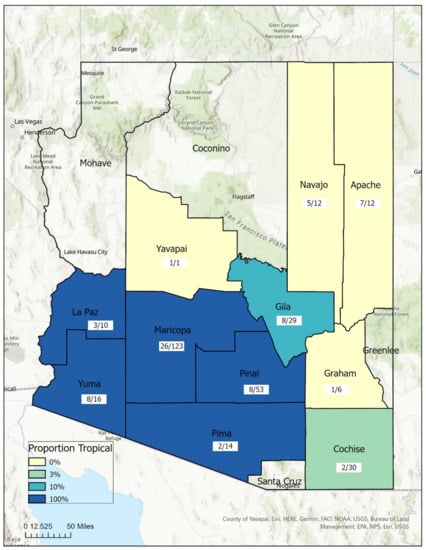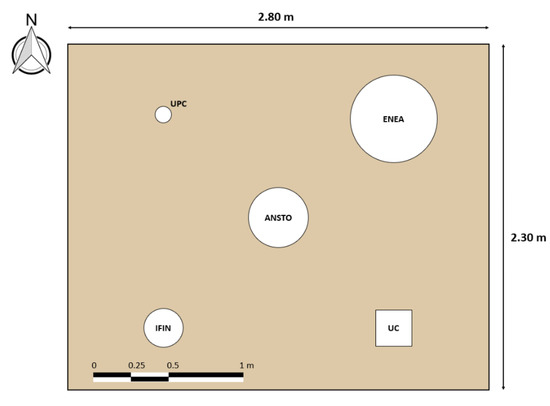Int. J. Environ. Res. Public Health 2022, 19(7), 4225; https://doi.org/10.3390/ijerph19074225 - 1 Apr 2022
Cited by 59 | Viewed by 8420
Abstract
►
Show Figures
Health literacy entails the knowledge, motivation, and competencies to access, understand, appraise, and apply health information in order to make judgments and decisions in everyday life concerning health care, disease prevention, and health promotion to maintain or improve quality of life throughout the
[...] Read more.
Health literacy entails the knowledge, motivation, and competencies to access, understand, appraise, and apply health information in order to make judgments and decisions in everyday life concerning health care, disease prevention, and health promotion to maintain or improve quality of life throughout the life course. It has become an essential concept in public health. It is considered a modifiable determinant of health decisions, health behaviors, health, and healthcare outcomes. Prior studies suggest highly variable levels of health literacy across European countries. Assessing and monitoring health literacy is critical to support interventions and policies to improve health literacy. This study aimed to describe the process of adaptation to Portugal of the short-form version of the Health Literacy Survey (HLS19-Q12) from the Health Literacy Population Survey Project 2019–2021, also establishing the health literacy levels in the Portuguese population. The sample comprised 1247 valid cases. The survey consisted of a brief questionnaire on the determinants of health literacy, plus the HLS19-Q12 questionnaire and the specific health literacies packages on digital health literacy, navigational health literacy, and vaccination health literacy. The results suggest that 7 out of 10 people in Portugal (mainland) have high health literacy levels and support the results of other studies concerning the main socioeconomic determinants of general health literacy. Furthermore, the results suggest that “navigation in the health system” tasks are the most challenging tasks regarding specific health literacies. The overall data suggest the HLS19-Q12 as a feasible measure to assess health literacy in the Portuguese population. Thus, it can be used in Portugal to assess the population’s needs and monitor and evaluate policies and initiatives to promote health literacy by addressing its societal, environmental, personal, and situational modifiable determinant factors.
Full article










